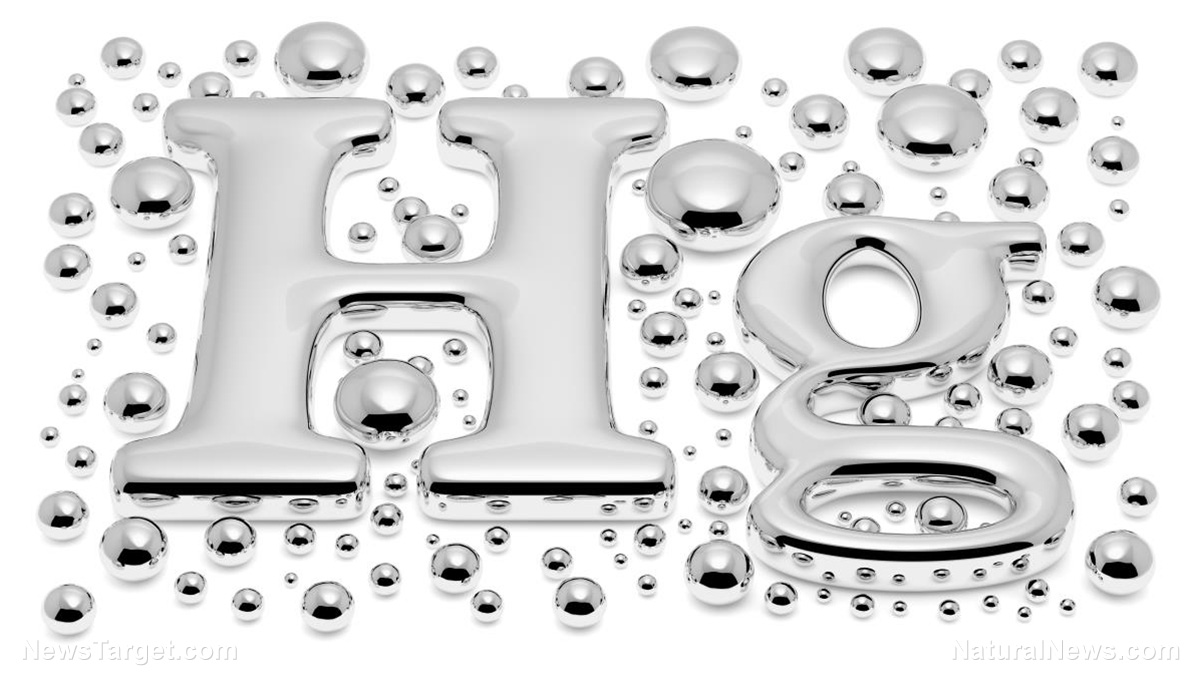
Advertisement
The Swedes will soon have a way to purify their water supplies of mercury contaminants. Their new electrochemical water treatment method can remove almost all traces of the heavy metal.
Heavy metals are some of the most common, deadly, and persistent pollutants found in water. Mercury, in particular, is considered to be extremely dangerous by the World Health Organization (WHO), because it spreads with ease and gets into the food chain just as easily.
The silvery heavy metal often targets the nervous system and the developing brain. This makes it especially bad for children, who could get exposed to toxic levels as early as the fetal stage if their mothers happen to have high amounts of mercury in their bloodstream.
Fortunately, the electrochemical method developed by the Chalmers University of Technology was able to eliminate almost all of the mercury in water. It did so by using a metal that attracted and bonded with the heavy metal ions, binding the mercury inside the resulting alloy.
“Our new method makes it possible to reduce the mercury content in a liquid by more than 99 percent,” claimed lead researcher Bjorn Wickman. “This can bring the water well within the margins for safe human consumption.” (Related: More than 10 million Texans are drinking water contaminated with atrazine, a toxic herbicide with gender bender effects.)
Using a noble metal to bind plenty of toxic heavy metals
The new water treatment method employed a metal plate as an electrode for binding heavy metals. The plate was made out of platinum, a noble metal that is very good at attracting and binding mercury.

When it was submerged in contaminated water, the platinum electrode attracted and bonded with mercury ions to form an alloy. The high stability of this alloy ensured that it will not degrade and release the mercury back into the water.
A single platinum electrode could hold a lot of heavy metal ions. Each of its atoms was capable of bonding with four mercury atoms. In addition, the heavy metal atoms were not limited to bonding with their noble metal counterparts on the surface of the electrode. Mercury atoms could also reach deeper into the plate to react with platinum atoms found there.
This led to the formation of very thick layers of alloys that contain lots of mercury. As a result, an electrode could be used for long periods of time before it gets filled up and needs replacement.
Once removed from the water, a fully-loaded plate could discharge its contents at a controlled rate. The mercury would be safely disposed of while the platinum can be recycled for use in other applications.
A reusable and energy efficient way of removing mercury from water
In their paper, the researchers stated that their electrochemical water purification process also conserved energy by being very picky with the ions it bonded to. It targeted mercury and ignores other pollutants that can be handled by other treatment methods.
“Even though there may be many different types of substance in the water, it just removes the mercury,” Wickman noted. “Therefore, the electrode doesn’t waste capacity by unnecessarily taking away other substances from the water.”
The platinum-based water treatment technique can be adapted into a mobile and reusable means of cleaning contaminated water in areas that are difficult to access and too small for larger facilities. Since the electrochemical process will only activate if it finds mercury, it uses less power than more generalized treatment methods. Solar energy or wind energy will be enough to provide power to a water purification system that can turn mercury-tainted water into safe potable water.
Sources include:
Submit a correction >>
This article may contain statements that reflect the opinion of the author
Advertisement
Advertisements
















